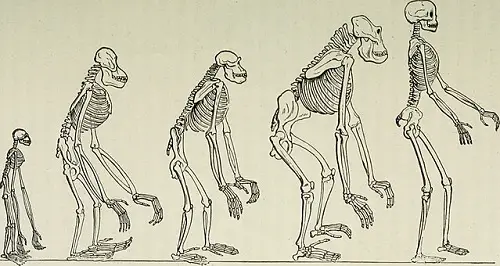
What are Natural Sciences?
Natural sciences are a range of academic fields that focus on the physical world and its phenomena, such as how matter and energy behave. Among other fields, this area of study covers Biology, Chemistry, Physics, Astronomy, and Earth science. The advancement of new technology and medical treatments, as well as our comprehension of the world around us, are all greatly influenced by the natural sciences. Researchers in the natural sciences can significantly advance disciplines like engineering, health, and environmental science. The studies’ outcomes have changed our way of thinking and living over the past centuries at a considerably fast rate (Guo, 2021).

What are Social Sciences?
Social sciences cover a broad field which aims to understand human behavior and society. These include a variety of academic disciplines that investigate social phenomena and the interactions between individuals and groups using scientific methodologies. The main social sciences fields include Psychology, Sociology, Political Science, Anthropology, and Economics. Empirical techniques are employed by social scientists to create theories and models that aid in the explanation of social phenomena and human behavior as well as in the creation of workable solutions to pressing issues. Governments, businesses, organizations, and individuals use the information and insights gleaned from social science research to make wise decisions and enhance social outcomes (Liberto, 2022).
What are the Similarities between Natural Sciences and Social Sciences?
Similarity in Terms of Scientific Inquiry
Both natural and social sciences use empirical techniques to collect and analyze data.
Similarity in Terms of Interdisciplinary Approach
Social and natural sciences draw on insights and methods from multiple fields to address various issues.
Similarity in Terms of Social Contribution
Both natural and social sciences contribute to the improvement of human lives and the society as a whole.
What are the Differences between Natural Sciences and Social Sciences?
Difference in Terms of Specific Area of Study
Among other fields, Natural Sciences cover Biology, Chemistry, Physics, Astronomy, and Earth Science. In comparison, the main social sciences fields include Psychology, Sociology, Political Science, Anthropology, and Economics.
Difference in Terms of Research Methods
Natural Sciences typically involve the quantitative approach as these generally use statistical analysis, mathematical modeling, and controlled experiments. On the other hand, Social Sciences often utilize both quantitative and qualitative approaches to understand the complexity of social phenomena. For instance, social science researchers conduct case studies, interviews, and ethnography.
Summary:
- Both natural and social sciences use empirical techniques, have interdisciplinary approaches, and contribute to the improvement of human lives.
- Natural Sciences cover Biology, Chemistry, Physics, Astronomy, etc. In comparison, the main social sciences fields include Psychology, Sociology, and Political Science.
Frequently Asked Questions:
What are the similarities and differences between the social sciences and applied sciences?
Both sciences utilize empirical research, data analysis, and interdisciplinary perspectives. They are also interested in comprehending and enhancing how society works in relation to the environment. Regarding their differences, social sciences focus on the study of human society and behavior; it is more concentrated on theoretical or abstract concepts and may not necessarily have direct, immediate practical applications. As for applied sciences, they often concentrate on the natural world and its physical and biological processes. They are more immediately focused on practical applications and solutions to real-world problems.
What are six major social sciences?
| Social Science Study of… Anthropology human societies and culturesEconomics production, distribution, and consumption of goods and services, including the behavior of individuals in relation to economic decision-makingPolitical Science the structure, functions, and processes of government, politics, and political behaviorSociology human social behavior, including the ways in which people interact with one anotherPsychology human behavior and mental processesHistory past events and their significance |












Leave a Reply